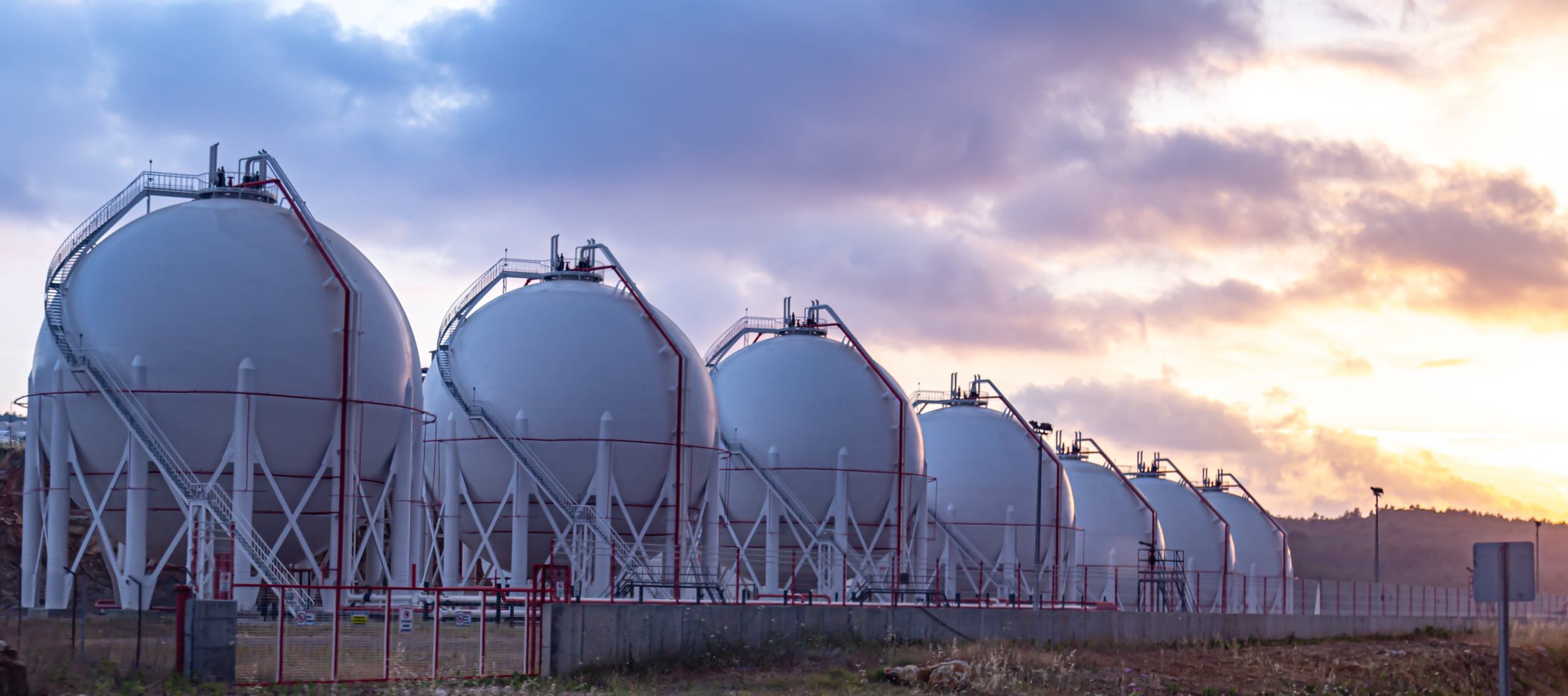Energy resilience in Europe: what to expect in 2025

As the third winter since Russia’s full-scale invasion of Ukraine draws near, the 2025 European Energy Outlook has improved, relative to the 2023 outlook which was characterised by the prospect of a number of acute and near impactful term operational risks. Orientation towards Norway, enhancements in regasification capacity, and acceleration in the renewable energy transition have eased gas supply risks. Vulnerabilities remain however, with fluctuating weather conditions, shifting geopolitical environments and a number of other supply side risks having the potential to result in further external shocks.
Europe’s shift away from Russian gas in 2025
Although several countries in Europe, notably Hungary and Slovakia, continue to import Russian hydrocarbons on a pre-February 2022 basis, the majority have reduced their dependency on Russian sources, reshaping the landscape of EU energy imports. As a result, Norway and the US have positioned themselves as core suppliers in addition to Azerbaijan and Qatar. The requirement to diversify has also served as a catalyst for significant investment in European liquefied natural gas (LNG) regasification capacity with the result being that regasification infrastructure has expanded by an estimated one-fifth. For transport over large distances, such as during seaborne movement, or when transit infrastructure for natural gas is not available, natural gas is transported in liquified form which requires conversion back into a gaseous state, a process referred to as regasification.
Additional regasification plants have come in the form of conventional land-based receival facilities, but increasingly floating storage and regasification units (FSRU), with the attraction being their expedited timeline for implementation and reversible nature. Germany has seen extensive expansion in this area, with several terminals coming online in Wilhelmshaven, Ostsee and Brunsbüttel. Additional regasification sites which have either come online or are in the final stages of development, include in the Netherlands, Italy and Finland. The net result saw the EU’s LNG import capacity grow by 40 billion cubic metres (BCM) in 2023 with 2024 expansion expected to exceed this adding further resilience and capacity for Europe to receive seaborne shipments.
Renewable energy’s role in reducing dependency
Acceleration in the renewable energy transition and development of alternative sources, namely nuclear generation capacity, offshore renewable energy installations and renewable hydrogen production, continue to reduce demand on hydrocarbons. Looking beyond the continent, renewable projects in the MENA region, notably in Algeria and Mauritania, have the potential to turn northern Africa into a net exporter of renewable energy to the European Mediterranean market. Within Algeria, solar expansion driven by a number of Chinese consortiums continues, while in Mauritania Project Nour, a proposed 10 GW hydrogen project being co-developed by TotalEnergies and EREN Group, has significant generation potential.
However, vulnerabilities and external variables with the capability to exert significant pressure remain:
Geopolitical and conflict dynamics: Most prominently emanating from the conflict in the Middle East, where disruption to the transit of seaborne shipments, in particular in the Persian Gulf, has the capability to significantly disrupt energy flows which account for 20 per cent of the global LNG supply. The expiration of a five-year deal between Russia's Gazprom and Ukraine's Naftogaz in December 2024 - which has facilitated the transit of Russian gas across the territory of Ukraine despite the conflict - would further restrict the entry of Russian gas into the European market.
Weather: As winter approaches, the demand for heating will naturally increase, pushing up costs for electricity and gas. Although Europe’s gas storages are full and have accounted for an upward curve of demand, the past two winters have been relatively mild, allowing Europe to reduce its gas and LNG demand. The worst-case scenario would include sub-zero temperatures across Europe for protracted periods that would increase demand on reserves earlier than forecast.
Connection to global energy markets: LNG is a global commodity and the diversification away from Russian hydrocarbons has connected European gas markets to global energy markets which pose their own volatility risks, where supply remains tight owing to limited growth in LNG production and characterised by high demand from Asia consumers.
Physical vulnerabilities: Underscored by the suspected sabotaging of the Nord Stream pipeline in 2022 and severing of the Balticconnector gas pipe on 8th October 2023 (a 152-kilometer-long bi-directional gas pipeline connecting Finland and Estonia), physical vulnerabilities to subsurface transit infrastructure remain, and similar events remain a remote possibility. Highlighted by the reported damage sustained to two fibre-optic communications cables in the Baltic Sea on 17 and 18 November, one linking Finland and Germany while the other connected Sweden and Lithuania.
Cyber enabled attacks: Cyber-attacks on critical infrastructure remain inherent to all critical infrastructure systems, however, those responsible for energy transit represent plausible targets. Increasingly sophisticated attacks, underscored by the coordinated attack on Danish energy infrastructure in May 2023 and the Colonial Pipeline ransomware attack in May 2021, which resulted in a shut down its entire primary pipeline system, have significant potential to have significant wider impacts.
Preparing for energy supply challenges
In light of this, although the European Energy Outlook continues to improve relative to 2023, there remains a realistic possibility of energy supply issues and operational disruption to companies, warranting continual monitoring and evaluation about organisational-specific vulnerability and solutions to handle energy disruptions. Businesses should continue to review emergency planning in regard to energy access and consider the development of contingency power provisions, such as electric generators, as well as on-site renewables.


